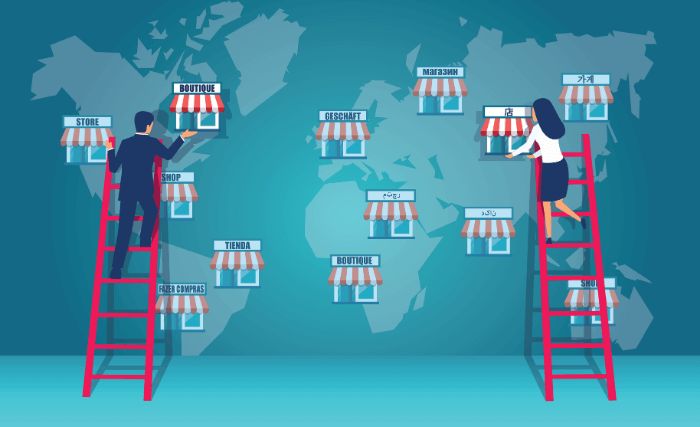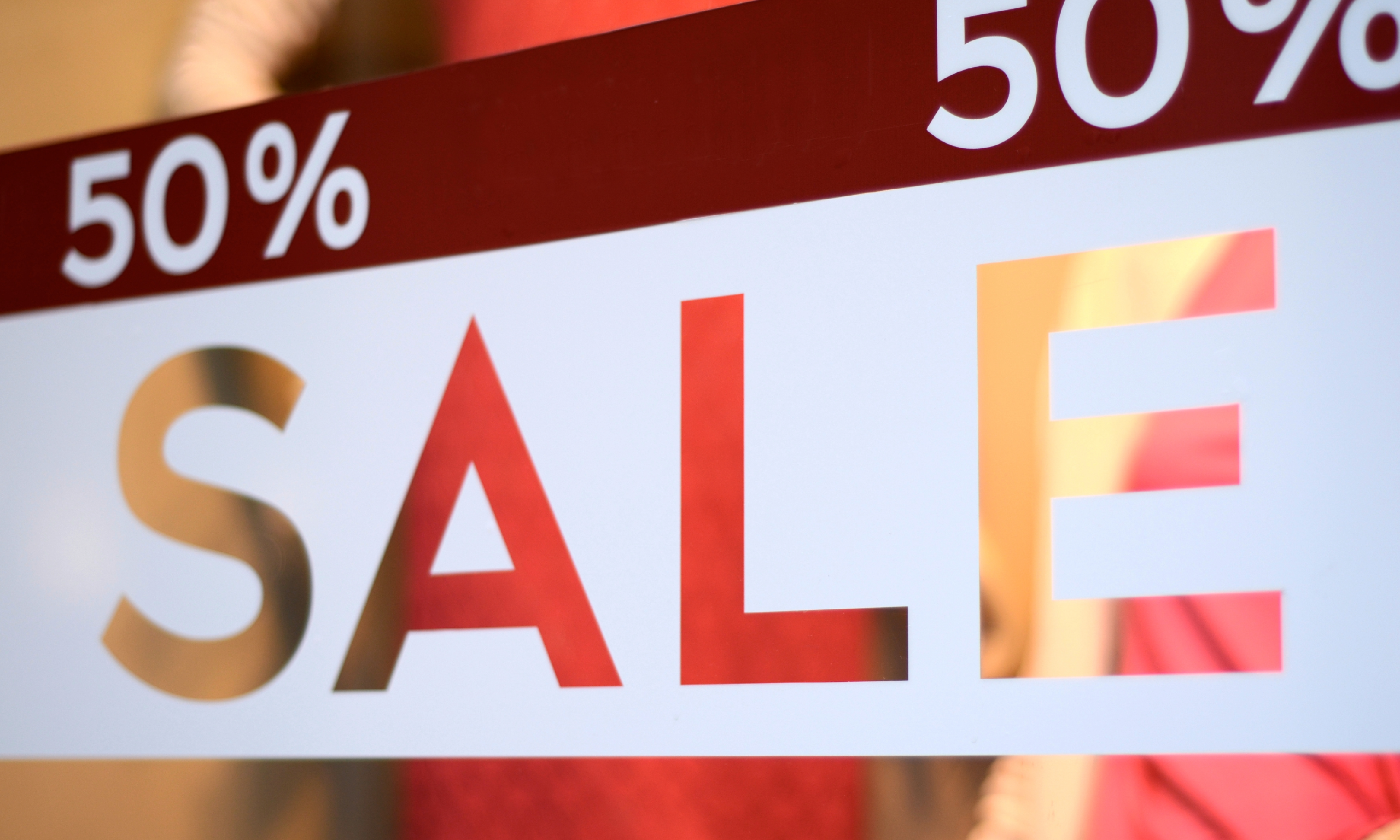
A critical factor in maintaining the trust and confidence of your consumers.
A consistent brand is critical for any customer-facing business. In essence, it means that at every touchpoint, your messaging, visual identity, values and product offering are standardised and carefully aligned.
With consistency comes familiarity—and familiarity leads to trust and loyalty. If a customer continues to receive the same brand experience from a business, over time they’ll proactively choose that business on the basis that they know what to expect. It’s human nature to crave order.
The flip side; a muddled and inconsistent identity and messaging will leave them confused, and the company perceived as unreliable, and worse, too easily forgettable.
So how, in an ever-changing retail landscape, can you shape your brand plans to improve your customer experience?
The brand challenge in retail
In retail, maintaining a consistent brand is more complex than in many other industries. With many more customer touchpoints, standardising the customer experience and marketing materials is hugely difficult.
In-store design and layout, POS, promotions, your product range and your social and online channels all need to demonstrate a similar look, feel and tone—and that’s before your customer service is taken into account (your frontline people being your ultimate brand custodians).
Click and collect services have become more popular this year as consumers increasingly shop from home, so maintaining branding from web to store pick up (and after-sale communication) can only enhance the customer journey from end to end.
Throw in multiple sales locations, across multiple territories and the challenge greatly increases, becoming a test of operational capability, as much as creativity.
Examples of strong retail brand consistency
Some of the world’s leading retail operators are champions of brand consistency.
Consider Starbucks, whose 20,000 global stores offer the same coffee, the same hand-crafted feel and the same written name on your cup, whether you’re in Seattle or Sydney. The secret? Starbucks knows what its customers expect from the brand and continue to deliver it—from their rarely-changing store design, to their emotive messaging, to their red holiday cup.
McDonald’s meanwhile, was built on consistency. From the very first burgers off the production line in San Bernardino back in 1955, the entire business was founded on the principle that McDonald’s customers would receive the exact same experience in every store. A Big Mac is a Big Mac in any of the fast food behemoth’s 119 countries.
What’s more impressive about McDonald’s finely tuned level of consistency is its franchise model. For a retail business to grow via franchise, brand consistency is not only important, it’s a dealbreaker. McDonald’s, perhaps more than any other retail business, understands the need for its decor, layout, signage, marketing collateral and customer service to be exactly the same throughout the world—and its extensive brand standards set this benchmark for every franchise to follow.
How can you bring consistency to your retail brand?
Of course, not every retailer has McDonald’s-level budgets. But there are some relatively simple steps you can take to ensure brand consistency across all of your locations.
The key is careful planning and organisation:
- Remember every touchpoint. That includes your in-store POS, advertising, promotions, your online retail store and social media, as well as your people. Everything and everyone needs to be aligned around your brand values, messaging and tone of voice, while you r visual identity needs to be clearly consistent across every channel.
- Create a six-month calendar. To avoid rushing and to give enough time for production and to communicate new campaigns to individual stores. Working six months out also provides the opportunity to switch tack in the event of unforeseen changes to trading conditions, as we’ve seen this year more than ever before.
- Ensure cultural references are appropriate for individual locations. Consistency needs to be flexible when it comes to cultural differences. From product selection to communications, what works well in one country could be deemed taboo in another (did you know that the ‘ok’ hand gesture in the UK, means ‘zero’ in France, and ‘money’ in Japan? Or that showing the soles of the feet is offensive in Asia and the Middle East?) McDonald’s is the master of regionalising its brand for different markets, creating local advertising campaigns, and even localised menus based on cultural preferences, but aligning all of its visual identity, communications and experience around strict, centralised guidelines and the ‘I’m lovin’ it’ strapline. Nike and Adidas meanwhile, are the experts in rolling out global campaigns, using national sporting superstars in their promotions and POS for local markets.
- Think about transcreation as much as translation. For global operators, local translations are a fact of life. The key is to ensure communications are locally translated, to ensure the meaning, as well as the wording still makes sense. At times, the essence of a message needs transcreation—recreating to ensure any cultural reference points work and that messages, even when locally translated, don’t entirely change their original intent. Consider these howlers: 1.) When KFC first opened in China, the fried chicken giant’s ‘Finger-lickin’ good’ strapline was initially translated into, ‘Eat your fingers off.’ 2.) The Jolly Green Giant had a personality swap in the Middle East, when the brand name switched to ‘Intimidating Green Ogre’ in Arabic. 3.) Pepsi’s launch into Taiwan saw its slogan, ‘Come alive with the Pepsi generation’ translated into, ‘Pepsi will bring your ancestors back from the dead’ (a bold claim!)
- Make sure seasonal variations are correct for different markets. Religious or cultural festivals vary hugely by geography, so though there should be consistency in your brand elements, one size of promotion certainly doesn’t fit all (which is why your calendar and co-ordination are so important). Work with your teams on the ground to plan out your seasonal campaigns.
How centralising your print resources can help to maintain consistency
As so often with retail marketing, strategy and logistics have to sit hand in hand.
With possibly hundreds of outlets in multiple geographies, ensuring consistency and adherence to guidelines for design and production is hugely difficult without centralised production.
And it’s not just artwork, but materials spec, colour and print quality, distribution and installation.
Using a central point of production can guarantee quality and brand consistency, but it brings other benefits in terms of operational control.
Campaign launches can be more easily synchronised, with materials produced and distributed on time from a central resource. For retailers committed to using local print suppliers to drive down emissions, centralised management can ensure co-ordination and exacting quality control—as well as more influential buying power to drive down costs. The approvals process can be contained to a single point of contact (cutting down on admin time), and reporting can be standardised across all locations.
But it’s not just cost and efficiency savings. Working with a single provider means they’re more likely to become an extension of your team, understanding your business culture and brand values, and pre-empting issues on your behalf.
In a time where trust is so important, this type of relationship can be a priceless commodity.
Are you considering your next global campaign?
ARIAN manages multi-national campaigns for a number of global retail brands, coordinating production from its facilities in Austria and in the UK, and with local print partners across the globe. With a unique online approvals process, multilingual staff and an understanding of local logistics capabilities, we can help protect your brand.
You want to discuss your next global campaign?
What to read next

Have you thought about using… Adhesive-Free Film?
It’s part six of our blog series exploring the advantages of some traditional as well as alternative materials in point of sale printing. This time: Adhesive-Free Film

Print in Retail 2025: Indispensable in a digital world
In an increasingly digital world, print remains a powerful force in retail marketing, evolving to meet new consumer expectations and complement omnichannel strategies. Discover how print is evolving to stay relevant in 2025:

Trends in Retail: What’s in store for 2025?
From AI-driven innovations to shifting customer expectations, the retail landscape is set for another year of transformation. Explore which key developments are set to define the retail sector this year: